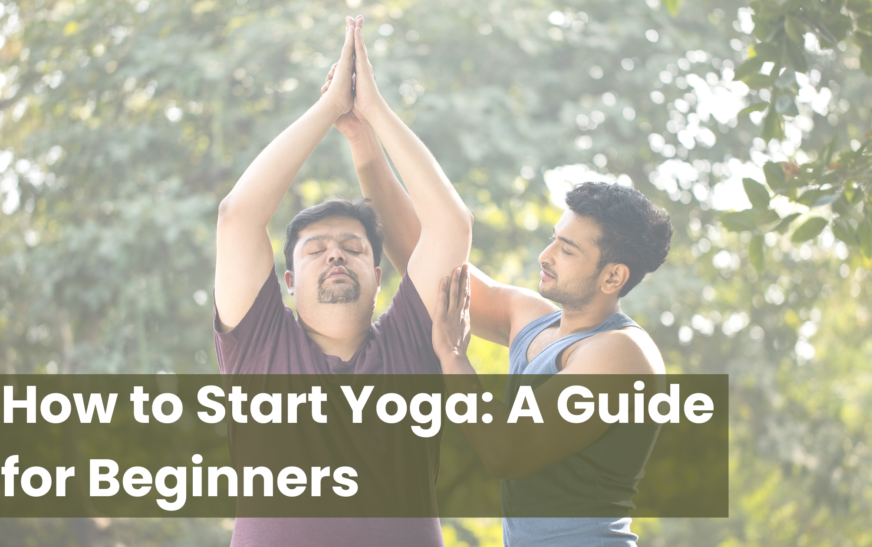Starting a yoga practice can be both exciting and beneficial. To help you get started safely and effectively, consider the following guidelines:
Resources for Learning
You can find audio or video tapes that offer breathing instructions and relaxation techniques at health food stores, bookstores, or through mail order. While these resources are great for learning the basics of breathwork and relaxation, it’s important to learn yoga exercises from a skilled instructor. An experienced teacher can provide corrections, caution you when necessary, and help you adapt poses to suit your needs.
Finding the Right Instructor
Invest some time in finding an instructor who is right for you. Your diabetes nurse educator or healthcare professional may be able to recommend a yoga instructor. Seek referrals just as you would for any professional you might consult.
While yoga instructors aren’t required to be certified, many are through various programs. Ask prospective teachers about their certifications. A certified teacher isn’t necessarily better than one who isn’t, but it can be a helpful credential to consider.
Benefits of Yoga
Yoga is a fun, healthy, and calming practice that has been passed down for thousands of years. It poses little risk, and even small progress can bring significant benefits, including freedom and peace of mind.
Precautions for People with Diabetes
While most people with diabetes can exercise safely, it’s important to take certain precautions to minimize risks:
- Medical Examination: Have a medical exam before starting your exercise program. This should include an exercise test with EKG monitoring, especially if you have cardiovascular disease, are over 35, have high blood pressure or elevated cholesterol levels, smoke, or have a family history of heart disease.
- Symptom Monitoring: Discuss any unusual symptoms with your doctor, such as chest, neck, jaw, or arm discomfort; nausea; dizziness; fainting; excessive shortness of breath; or short-term changes in vision.
- Diabetes-Related Complications: If you have complications such as peripheral vascular disease, retinopathy, autonomic neuropathy, or kidney problems, consult your healthcare team about special precautions. Consider starting your exercise program in a medically supervised setting.
- Hypoglycemia Prevention: Learn how to prevent and treat low blood glucose levels (hypoglycemia). If you take oral agents or insulin, monitor your blood glucose levels before, during, and after exercise.
- Blood Glucose Levels: If you have type 1 diabetes and your blood glucose is above 250 milligrams per deciliter, check your urine for ketones. Avoid exercise if ketones are present, as it increases the risk of ketoacidosis and coma.
- Warm-Up and Cool-Down: Always include warm-up and cool-down periods in your exercise routine.
- Weather Conditions: Avoid exercising outdoors when the weather is too hot and humid or too cold.
Starting yoga can be a transformative experience that enhances your physical and mental well-being. By following these guidelines, you can begin your practice safely and enjoy the many benefits that yoga has to offer.



